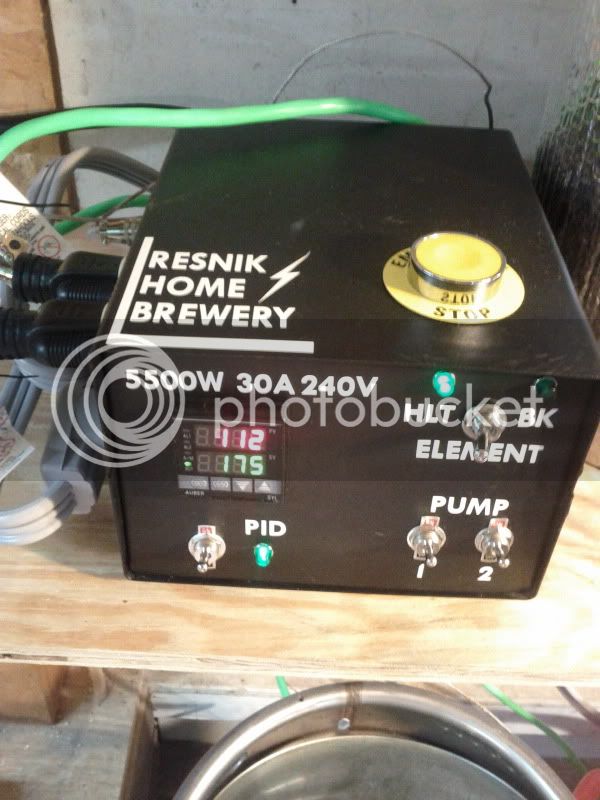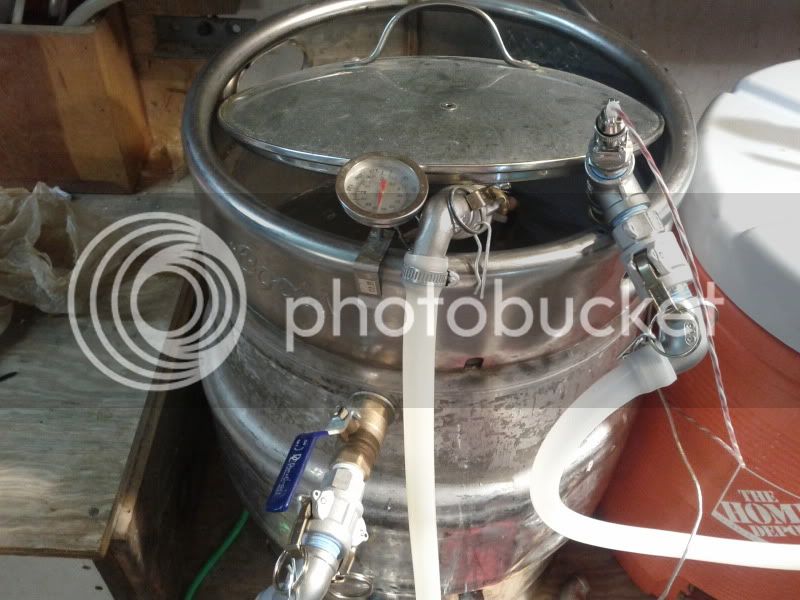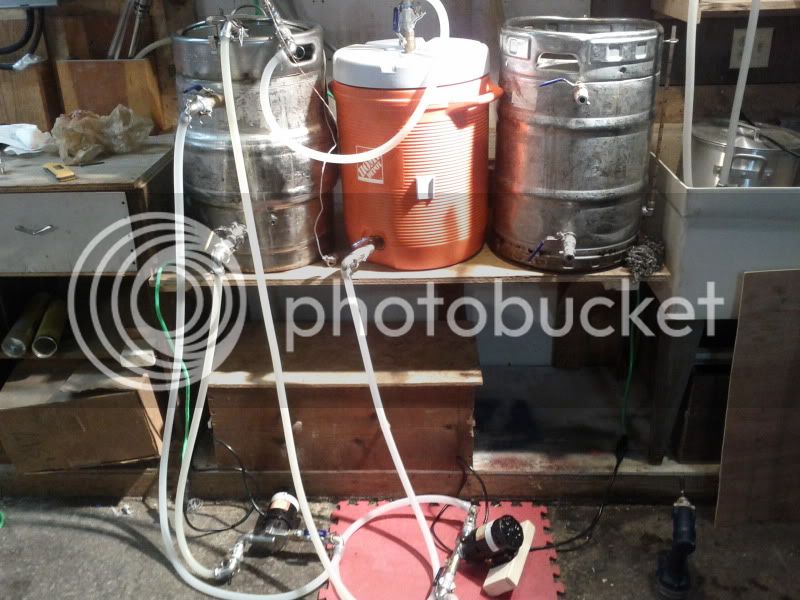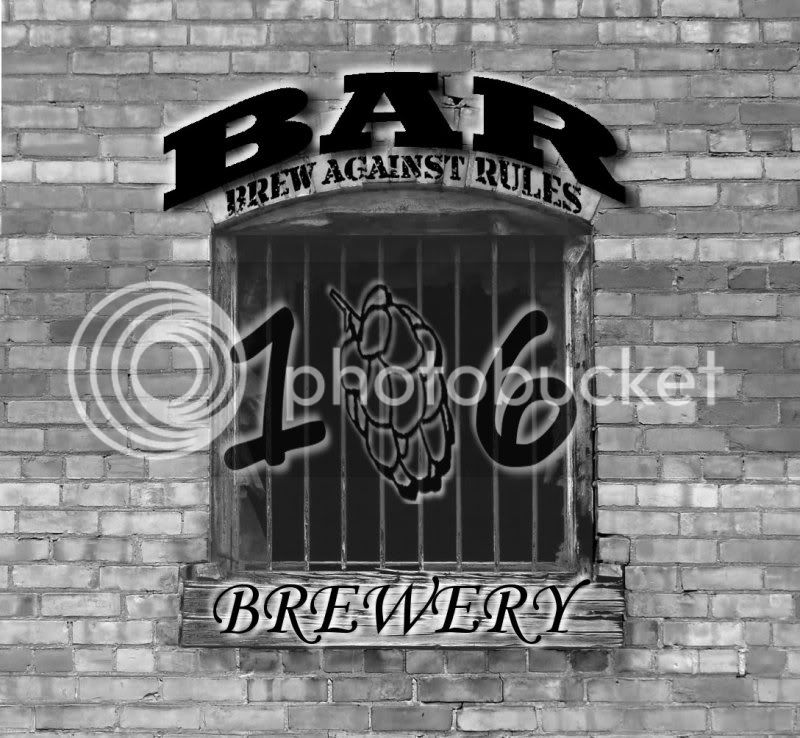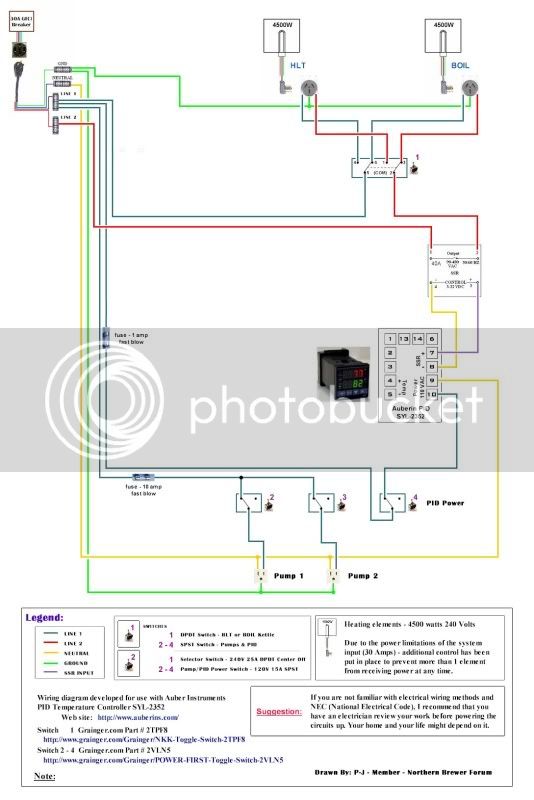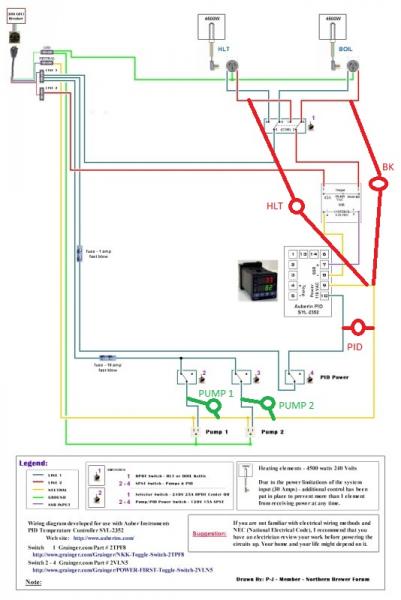So I followed up the first batch with another on Sunday, a Two Hearted Clone. I’ve been wanting to do an IPA for awhile, but didn’t want to make it my first batch on the system in case I messed it up.
The second batch went considerably better than the first, since I had somewhat of an idea of what to do with hose connections and stuff. Heres a list of items/upgrades/complaints I still need to take care of in order to consider my system complete. Most of these are mechanical and process changes that I can think of:
1. Need 2 or 3 more camlock connection hoses. I originally was planning on using one pump, but got a deal on the chuggers so I bought two. An extra 2 or 3 hoses will allow me to agitate HLT water via recirculation while the mash is also recirculating. Same goes for chilling/whirlpooling in the BK. I was amazed at how consistent the mash temperatures were, especially since I left the lid of the MLT cooler off the entire 60 minutes. But I had to manually stir the HLT water or else I would get stratification and the temps went down, or the PID was reading a cooler spot in the HLT and overshot my desired temps. I also need to get a different RTD for the HEX output reading. I bought two of the vessel mounted weldless probes, but they are some metric size threading, not ½ or 1/4" NPT” so it doesn’t screw into a tee connection mounted on the output of the HEX. I talked to Auber and they said they would replace the probe with a standard connection, I just have to ship it to them.
2. On the topic of mash recirculation, I need to figure out a better way to discharge the sweet liquor back into the MLT during recirculation, some sort of “recirc arm”. The camlock on the lid will work good, but with just the nipple on the inside it flows directly vertical into the grain bed. I counteracted this by sliding a silicone hose on the end of the nipple and laying in horizontally above the grainbed, but it kept wanting to move, and one time it actually fell out of the vessel spilling hot liquor all over the place. I need to divert the flow horizontally with a more permanent solution. I am thinking either a CPVC connection that is able to slide and is adjustable vertically or one of those adjustable snaplock tubes that Bobby M sells.
3. On the topic of pumps, I don’t think I am happy with the pumps in the toolbox. It gets in the way, is a bit cumbersome and the single pump was really hot even with the lid cracked open. It actually died out on me for about 10 minutes. It wouldn’t turn on and I thought I killed it, but it came on after sitting out for awhile. It will be even worse if I get the second one installed. I think I am going to permanently mount them to the underside of the brewstand instead. At the very least I will keep the one in the toolbox and hardmount the second, that way I can use the toolbox if I ever need the pump somewhere else.
4. Need a whirlpool connection on the BK’s top valve – While recirculating the wort during chilling, it was just splashing back into the vessel. I am not a believer of Hot Side Aeration, but I don’t want to be a permanent tester of the theory either. Also, whirlpooling will help keep as much trub out of the fermenter as possible.
5. On the topic of trub in the fermenter - I need to adjust my pickup tube in BK to the side of the vessel – If I do the whirlpool I don’t want to be picking up in the center of the vessel like it is currently configured. I will probably just bend the copper to pickup as close to the side as possible.
6. Need to install the sight glass in the HLT so that I can monitor volumes into the MLT. I was kind of running blind based on feel and ended up needing to add water to the BK the first batch, and had some extra sparge water in the second (leaving some sugar behind in the MLT). A sight glass calibrated to the nearest ½ or ¼ gallons will fix this.
7. This one is probably just a dream, but I would really love to have a floor drain or at least a sink with a connection into the existing drain in the laundry room. I realize this would be a fairly big project, and it probably wont happen, but there is a ton of excess cleaning water that I have to temporarily store in a large (~50 gallon) Tupperware container due to my new clean in place process. I guess at the very least I could get some kind of a sump pump and hose that I can run into the laundry room on brew days. This weekend I was stuck filling buckets and carrying them to the laundry room sink. That is going to get old fast.
The electrical part of this system seems to be working great. One thing I would possibly like to have is an indicator light that shows when power is actually going to the elements. I feel like that might make it less likely to make a mistake and dry fire one of the elements. Right now all I have to go by is whether the DPDT switch is “ON” on either the HLT and BK, and then if the PID is showing an output in the bottom left corner of the display. Something like a router/modem status indicator is what I am thinking, but I may not even worry about it once I start to feel comfortable with the system. I guess the ideal approach would be to get some float valves installed that only allow power when the vessels have water in them, but I think that might be a bit expensive for the added security.
Sorry for the long rant, just wanted to get some of my complaints down in writing so I can come back to them later. I have already ordered additional camlocks from Proflowdynamics and the extra connections from Bargain Fittings (there goes another $100 bucks). Waiting on something else I need before I make the call on the mash recirc arm… hmm wonder if Bobby_M has refractometers in stock/on sale????


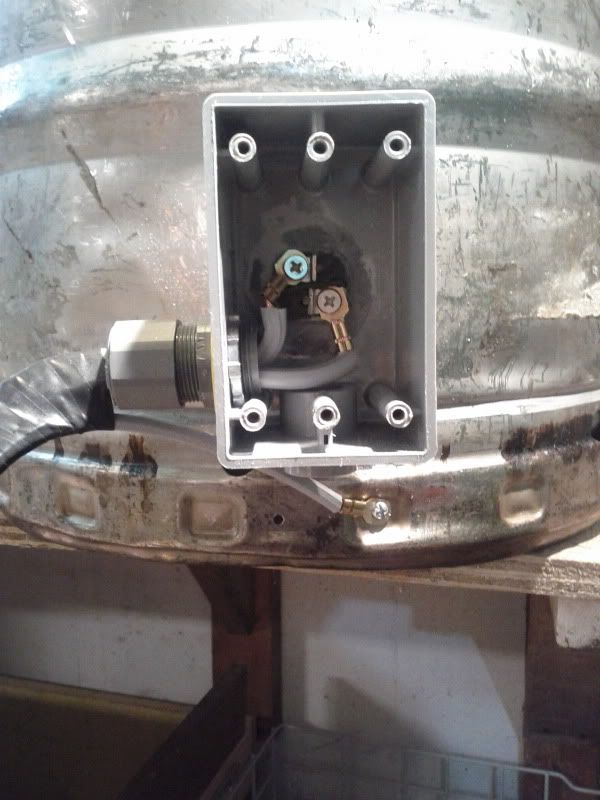
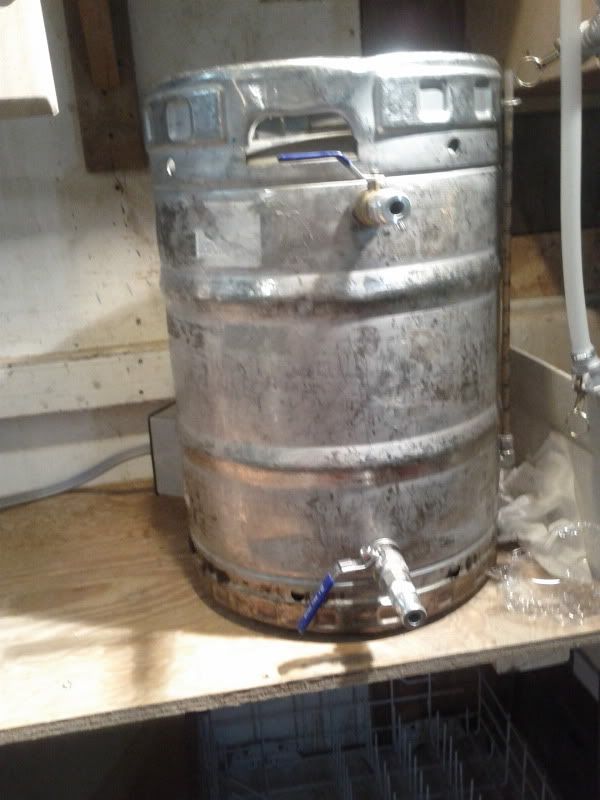
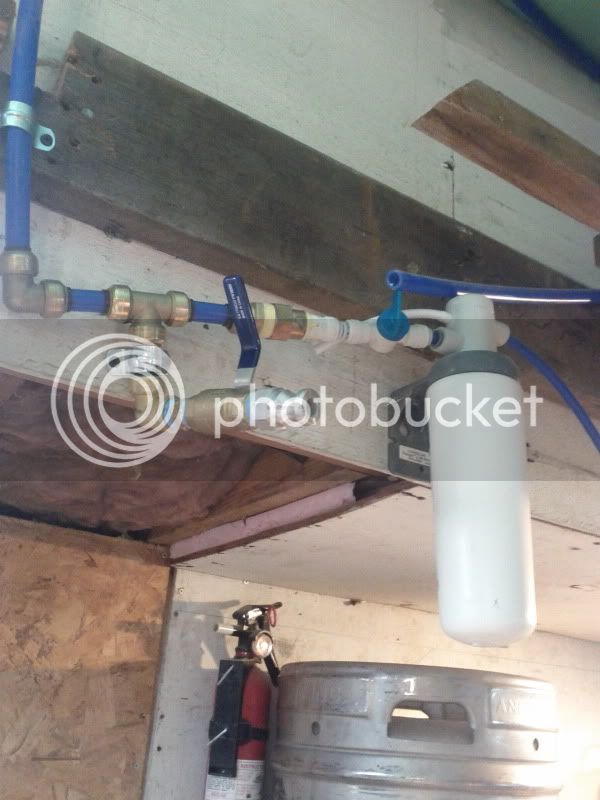
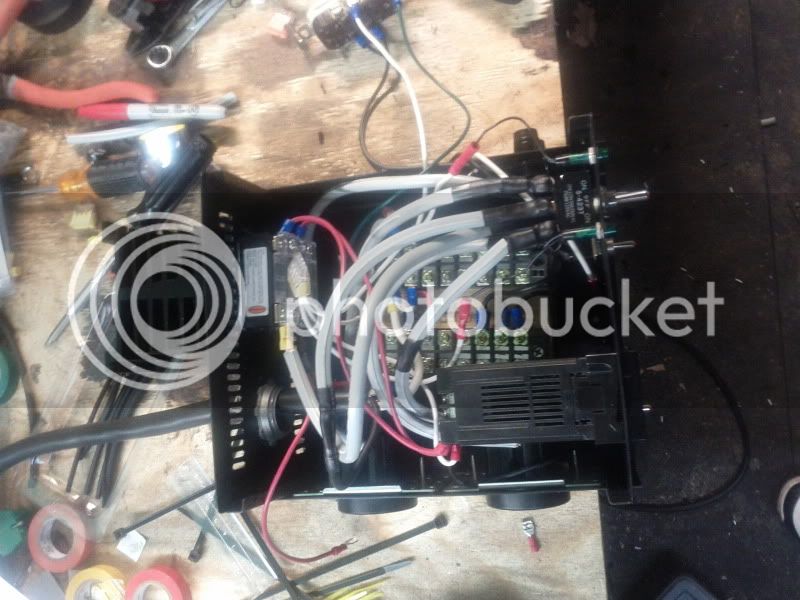
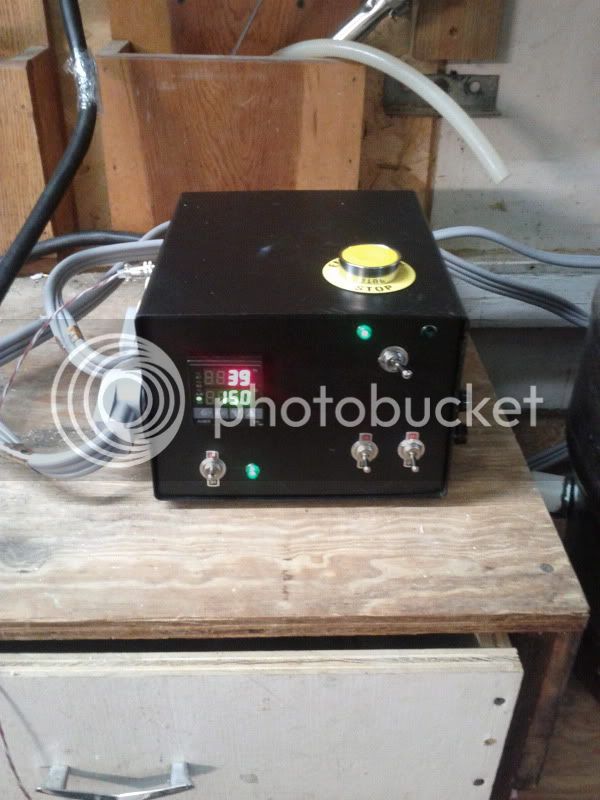
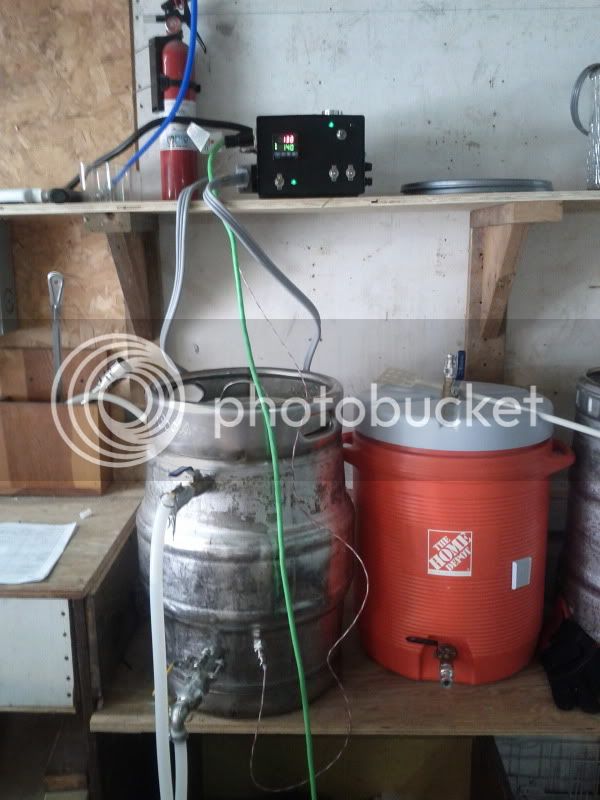
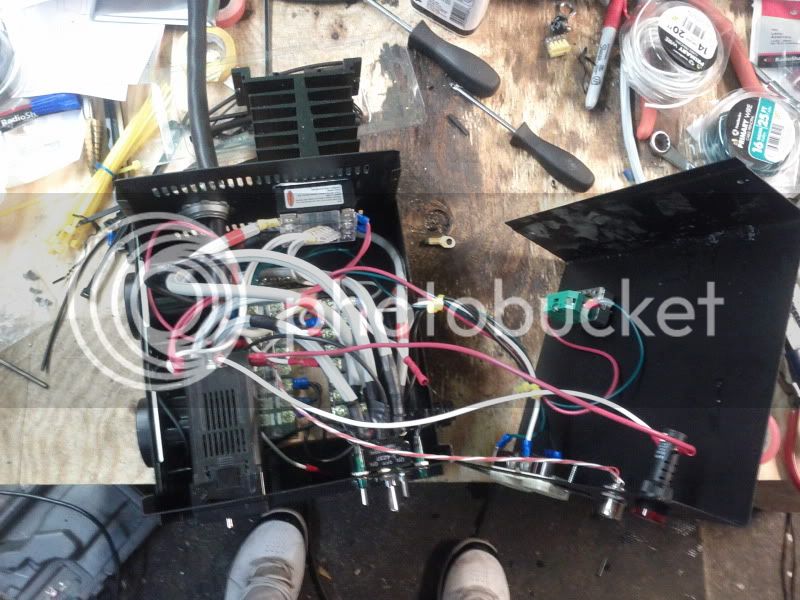
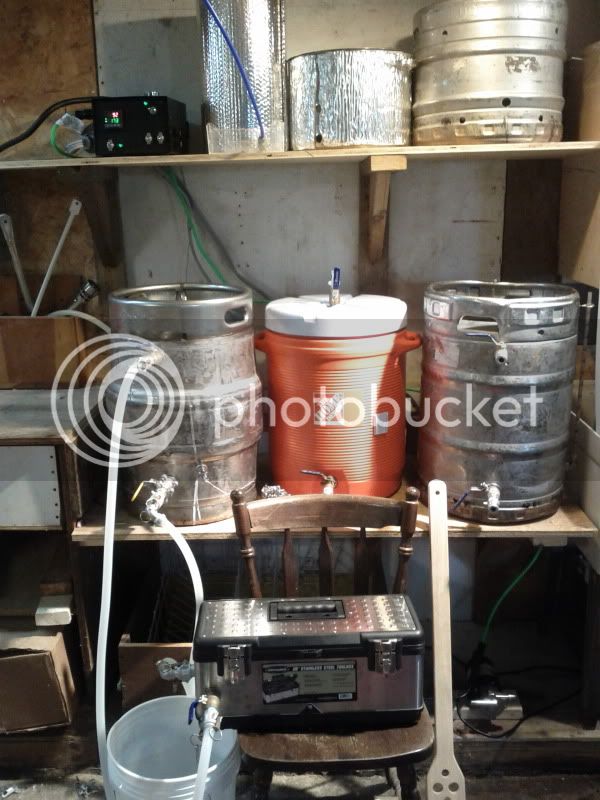


 ). Picked up the Mash Recirculation Return Tube, a refractometer, decals for both sight glasses, and also custom decals for the control panel!
). Picked up the Mash Recirculation Return Tube, a refractometer, decals for both sight glasses, and also custom decals for the control panel! 
